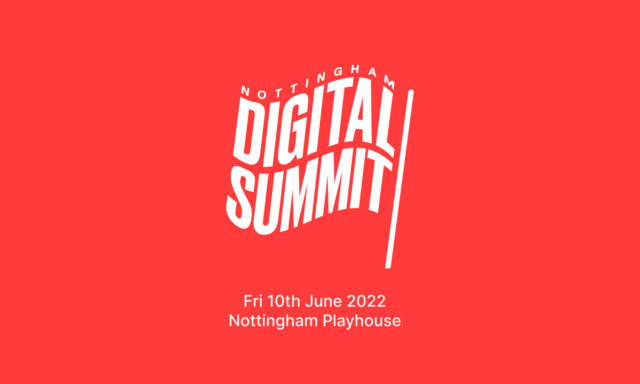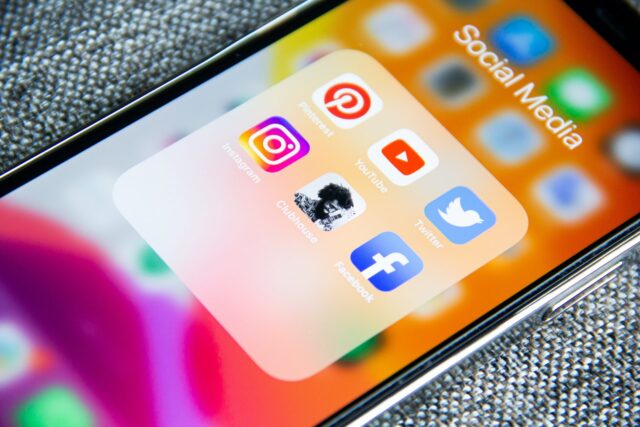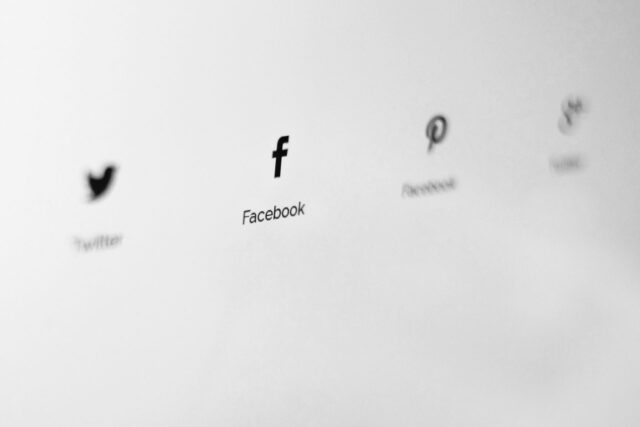The new Rival IQ benchmarking report, that’s been eagerly anticipated by those working in social media, has officially been published. The report usually brings a quiet satisfaction or sigh of relief among social media marketers, as it allows them to compare performance over the past 12 months with others in the same space and understand that the numbers they’ve been seeing aren’t necessarily an indication that their campaigns have been poor, but that they actually match up to other industry results.
The report takes a wealth of information from 14 major industries and over 2,100 companies to look at Facebook, Twitter, TikTok and Instagram benchmarks.
Using a collection of over 5.2 million pieces of content, and almost 9 billion engagements, it’s fair to say that this is probably the most accurate and comprehensive data you’ll see.
The full report can be found here, but we’ll look at some key points from the report that you should be aware of as we move further into 2023.
Key observations:
- Facebook, likely unsurprisingly, saw a drop in year-on-year engagement rates, with the average across all industries now sitting at a relatively low 0.06%.
- Facebook’s younger, cooler cousin Instagram, is apparently also suffering from a quarter-life-crisis and has seen its engagement rate fall by around a third, despite a very small increase in platform posts.
- You might be shocked by this, because I know I was. Twitter hasn’t seen a drop in engagement, despite the turbulent year the platform has had. Yes, posting has dropped by 20% vs. 2021, but those that are still on the platform are engaging at the same rate they were.
- The Golden Child of social media still reigns supreme. With an average industry engagement rate of 5.69% (almost 9x higher than Facebook), TikTok has had an amazing year and cemented itself as a huge player in the market.
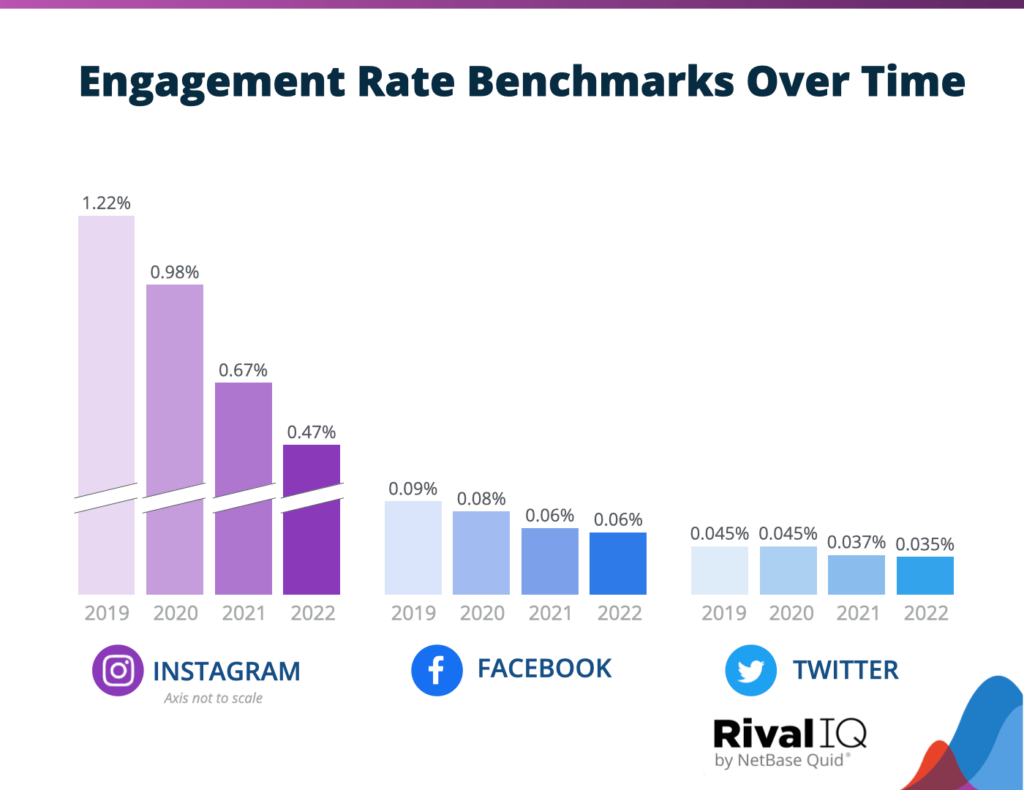
Should I stop investing in Meta?
With two of the largest social media platforms in the world seeing relatively consistent declines to engagement over the past four years, does this signify the end of Instagram and Meta as part of a paid media strategy?
Well, the answer isn’t a straightforward yes or no.
As with any marketing strategy, putting all your eggs in one basket is going to be a recipe for disaster. It may work in the short-term, but as time goes by it’s dangerous to be overly reliant on a top-heavy strategy. One problem with a single channel can wreak havoc on your entire marketing mix.
What we have to ask ourselves is: “If engagement is dropping, why should I still invest in these platforms?”
The answer is relatively simple.
Paid Social isn’t always about driving engagement. So why should we only invest budget in channels where we expect to see direct engagement? As our strategy teams recently discussed in our marketing trends report, the 99:1 rule is something that needs to be considered, especially during an economic downturn.
Engagement rates may drop during a recession
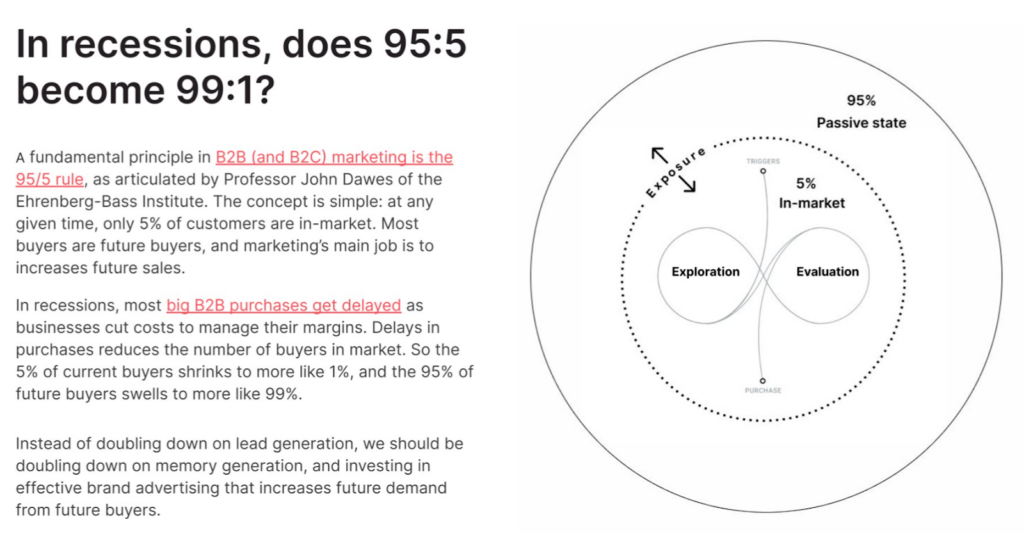
If you usually have 5% of potential customers in the market, but during an economic downturn, that drops to 1% – is it any surprise that engagement as a whole would drop on branded content?
One of the benefits of social media is that you can easily influence and build intent, which is much harder to cultivate across other, more direct marketing channels like search or email.
Looking into more detail on the report may give some industries cause for concern and lead them to believe that they should immediately avoid said channels due to a lower engagement rate.
Take the Health & Beauty industry on TikTok. At first glance, it seems that a huge outpouring of content actually yields a very poor level of engagement when compared with other industries.
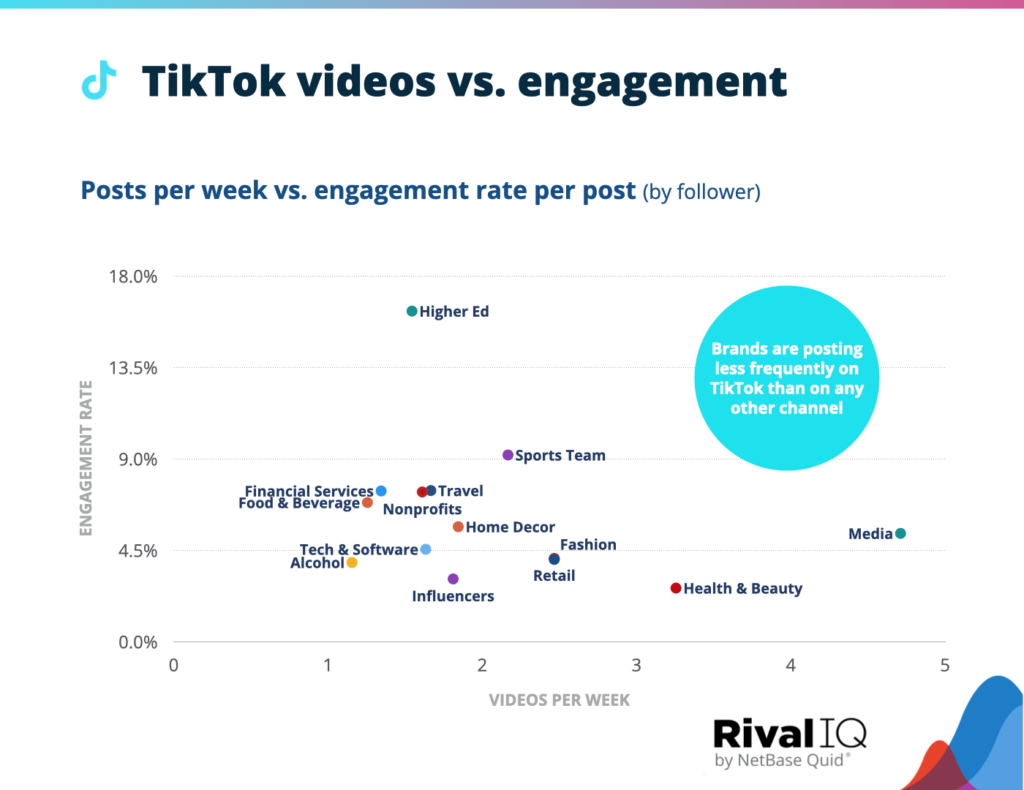
That doesn’t mean that Health & Beauty brands should now vehemently avoid running ads on TikTok or building an organic strategy. It just highlights an area for opportunity.
Use assets that evoke an emotional response, that build a brand memory, and that push for a natural engagement.
The best social strategy will always include testing. If you aren’t allocating time, resources and budget to try out new platforms, new ad formats and new content, then your media mix will never be as strong as it has the potential to be – and depending on your industry, this report could tell you exactly where you should be planning your next test.
No test is a failed test, as long as you ensure you learn something along the way.
The takeaways
To summarise, TikTok has huge potential for growth for marketers in the coming year. Why? Because the level of engagement is through the roof, and in comparison, ad costs are still very low. Meta, Instagram and Twitter are all still viable options, and should definitely be integrated into a paid and organic social strategy, but becoming too reliant on them is a red flag.
And remember, these are simply benchmarks. Benchmarks are meant to be broken.
Need a hand in putting together your social media strategy? Get in touch with our team.



